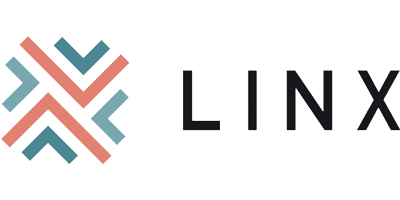For all of us technology has become a part of our everyday life. From personal use to work, we’ve embraced technology and now rely heavily on it to manage our busy schedules.
With the growing use of technology however, we risk becoming overloaded with information. At what point do these productivity tools become a distraction?
Using technology to streamline processes
It’s the main driver for technology implementation – automating processes to free up time.
For organisations working with their supply chain, this balance of ensuring technology can optimise their processes whilst ensuring it does not in itself become a distraction, is often tricky.
Reducing the chain in your contingent hire process
Technology can also help to alleviate potential delays in the approval process, for tasks such as hiring contingent workers. With multiple stakeholders such as the Hiring Manager, cost approval manager, recruitment agencies and candidates – technology can help speed up the hire process by making each stage easier for stakeholders to execute their roles.
As technology is developed however, a great deal of consideration needs to go into what each stakeholder needs to see at each stage of the process. If they are included in a stage where they do not necessarily need to provide input, this could become a greater distraction than the time saved using the system.
“When planning to implement recruitment management systems, it’s important to consider the user experience. Too many notifications and they will become disengaged with the system.”
– Richard Hanson, Linx Client Services Director
Striking the right balance with automated notifications
Technology provides a greater ability to communicate with users. But understanding when to utilise these automated messages and to which stakeholders, can make the difference between users finding the system helpful or a hindrance.
Careful consideration needs to be taken to identify which processes need automated messages, such seeking approval to hire from a Line Manager, and which processes should be managed within the system without the need for additional communication.
Sometimes providing users with the ability to switch these features on and off themselves can address this potential information overload. Only by thorough understanding of where the processes stalls without these timely notifications however, can the process be as optimised as possible with limited distraction.
CONTACT US
If you want to consider how you could engage your workforce differently, then reach out to our team.
